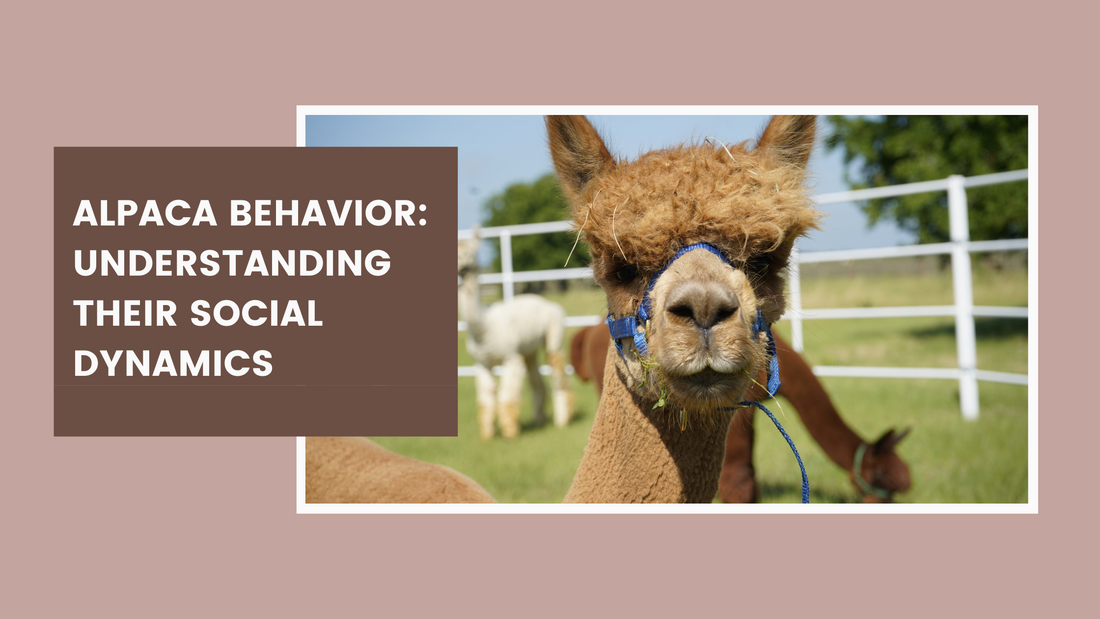Alpacas are not only cherished for their soft fleece but also for their intriguing social behaviors and gentle disposition. As herd animals, alpacas exhibit fascinating social dynamics that are essential to their well-being and management. This blog post delves into the world of alpaca behavior, exploring how they interact within their groups and what this means for those who care for them.
The Herd Mentality
Alpacas are inherently social creatures that thrive in the company of their own kind. In the wild, alpacas roam in family groups and this behavior is also observed in domestic settings. The structure of these groups is quite sophisticated, with a clear hierarchy that helps maintain order and reduces conflicts.
At the top of this hierarchy is usually an alpha male that exhibits dominant behavior and plays a role in leading the group, especially during movements or threats. Females also establish a hierarchy, which can influence breeding success, access to food, and preferred grooming spots.
Communication Among Alpacas
Alpacas communicate through body language, vocalizations, and even spitting. One of the most distinctive sounds they make is a gentle humming, which can express curiosity, contentment, or concern, depending on the pitch and intensity. When threatened or agitated, alpacas emit a sharper, louder call to alert the herd.
Body language is also a critical communication tool. Alpacas often show their feelings through ear positions, tail stances, and neck postures. For instance, ears pinned back can signify annoyance or discomfort, while a relaxed tail and low posture might indicate submissiveness or calm.
Social Grooming and Bonding
Grooming is a significant part of alpaca social life. These animals often nibble on each other’s necks and backs, which helps to strengthen social bonds and establish group cohesion. This behavior also seems to have a calming effect on younger or more nervous alpacas.
Bonding is particularly strong between mothers and their cria (babies). The mother-calf bond is critical, with mothers being very protective of their offspring. This bond also plays a vital role in the social integration of the young alpacas into the herd.
Managing Social Stress in Alpacas
Understanding alpaca social dynamics is crucial for managing stress and promoting health within a herd. Stress in alpacas can lead to behavioral changes, reduced fertility, and increased susceptibility to diseases. To manage social stress, keepers should:
- Ensure Adequate Space: Overcrowding can increase stress and lead to conflicts within the herd.
- Maintain Group Stability: Minimize changes in group composition and avoid frequent re-grouping to reduce stress.
- Observe Behavioral Cues: Keep an eye on interactions to catch any signs of bullying or isolation early.
Alpacas are delightful animals with complex social behaviors that require understanding and careful management. By observing and respecting their social dynamics, alpaca owners can ensure their animals are not only healthy but also happy. As we learn more about these fascinating creatures, we can better appreciate the subtle nuances of their interactions and the care they require to thrive.

